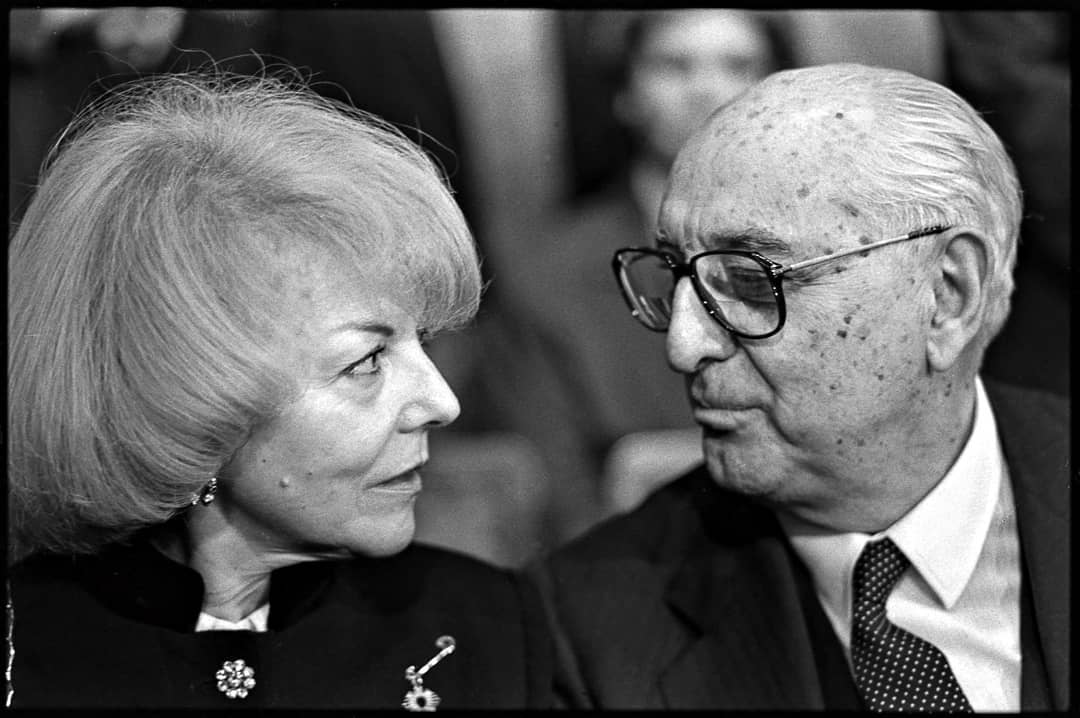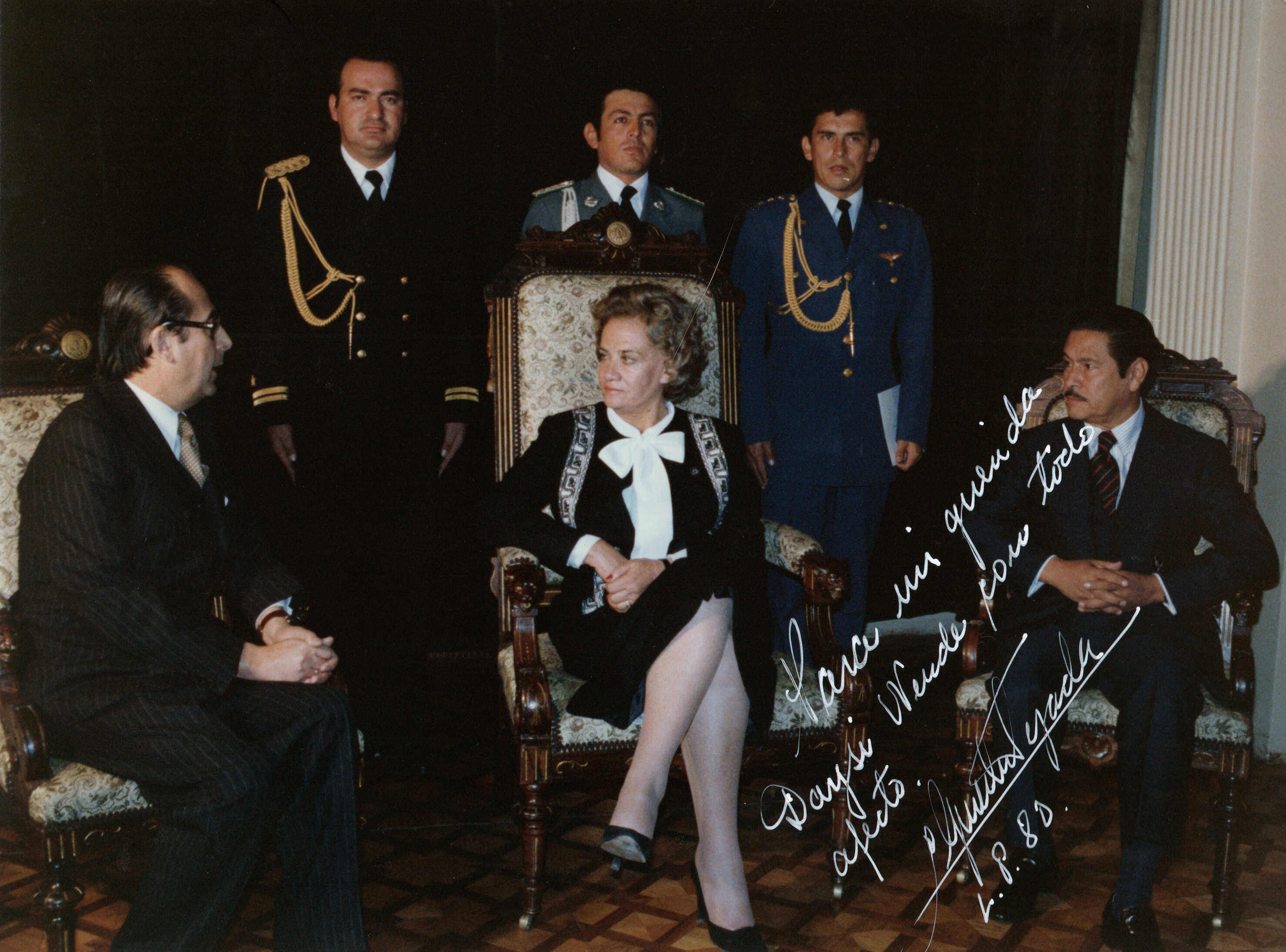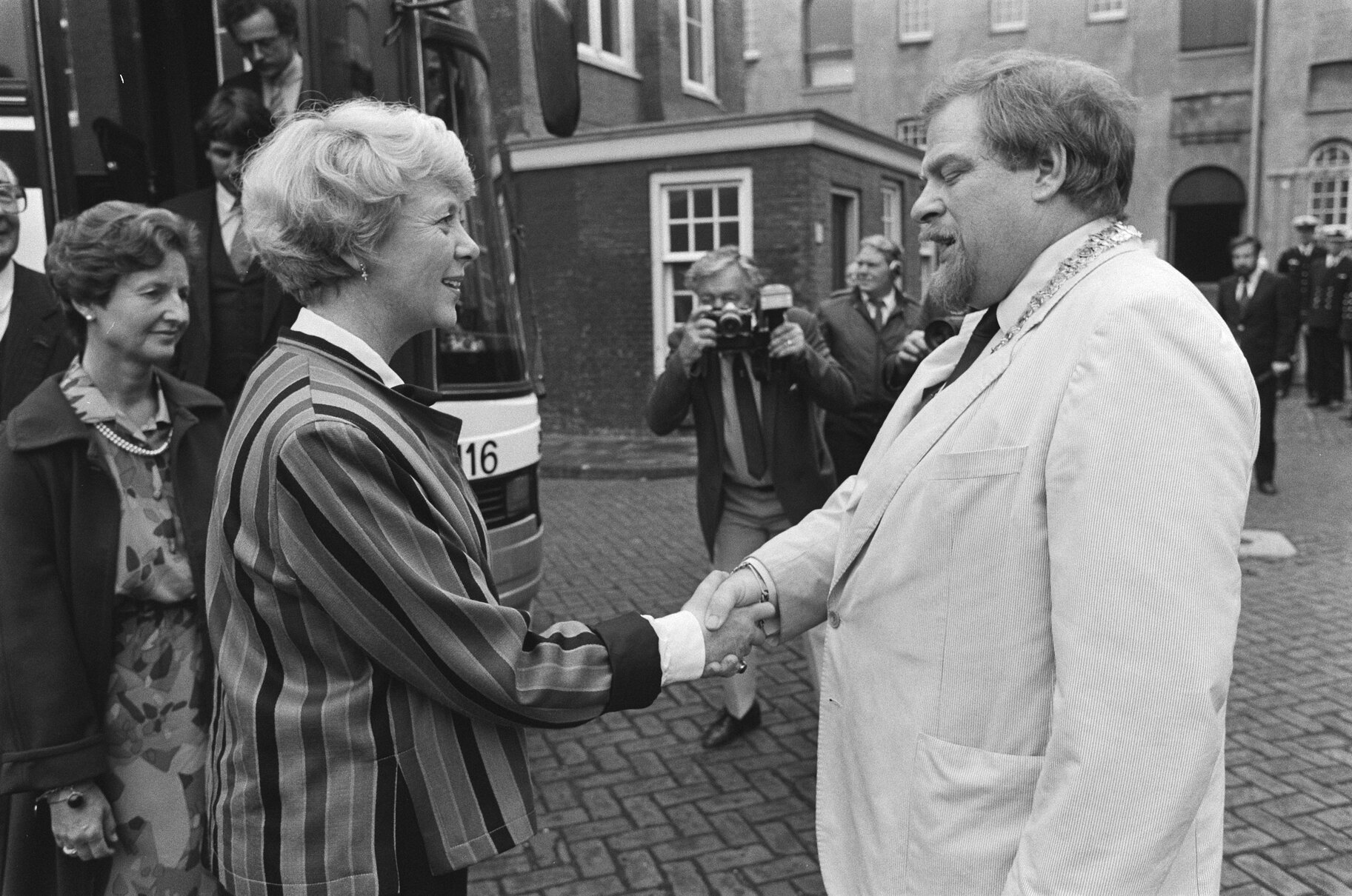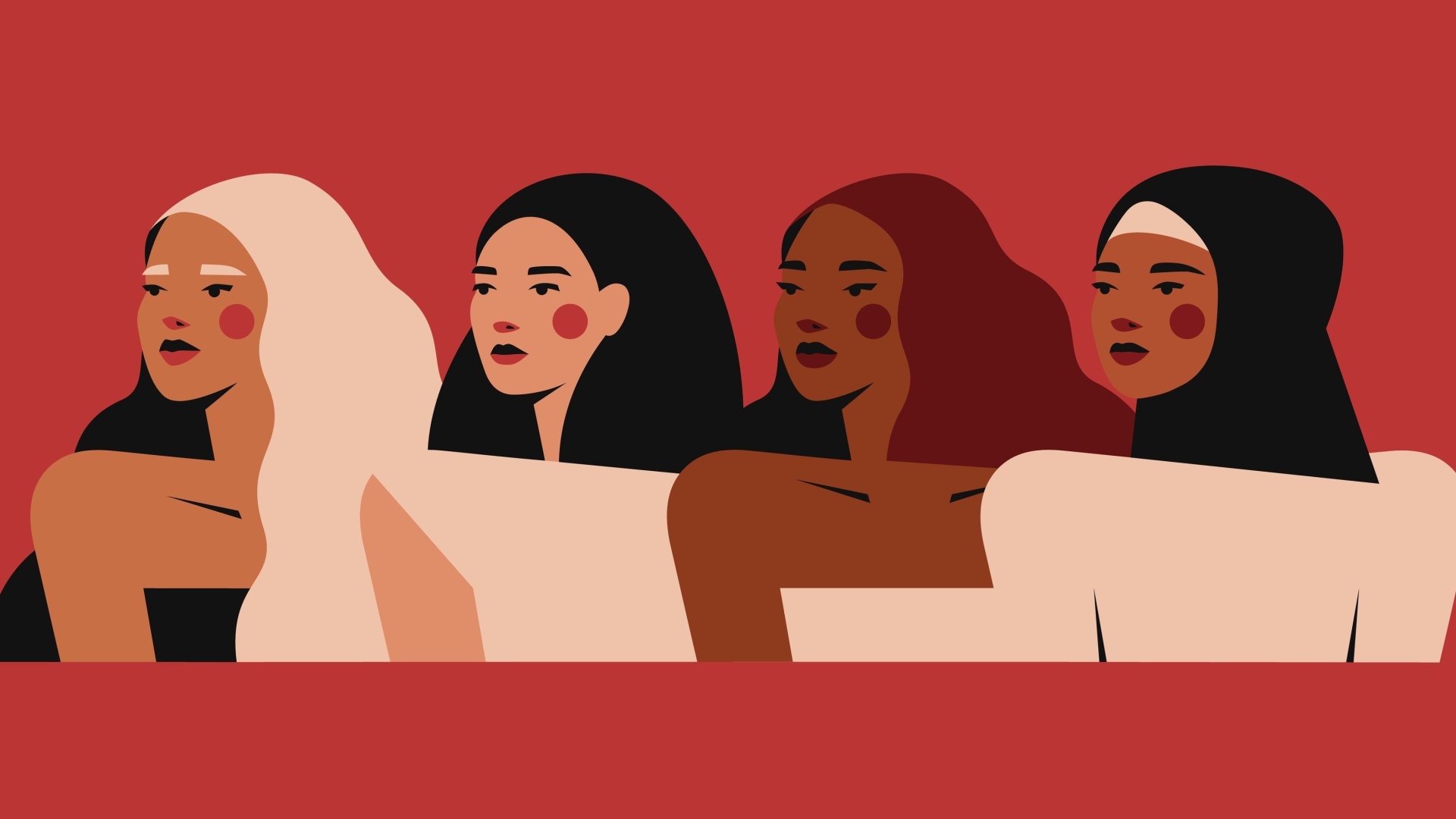The First Women Presidents in History
Isabel Perón was a music teacher and a ballet troupe member, Lidia Gueiler Tejada worked in radio, and Vigdís Finnbogadóttir directed a national theater. What unites these women is politics—and the fact that they became the first female presidents not only in their own countries but also in the world. What was their path to success, and what marked their time in office?
María Estela Martínez de Perón

María Estela Martínez de Perón, better known as Isabel Perón, became the first female president in the history not only of Argentina but of the entire world. She assumed this position in 1974, becoming head of state following the death of her husband, Juan Domingo Perón, the Argentine leader.
María Estela was born in 1931 in La Rioja, Argentina. In her youth, she showed an interest in the arts and studied dance, later working as a dancer. Isabel was her stage name. During a tour of Latin America, she met Juan Perón—former president of Argentina, who was then in exile. They quickly formalized their relationship in 1961, and from that moment on, Isabel became an integral part of the political scene, accompanying her husband on trips and participating in public life.
After Juan Perón returned to power in 1973, she was nominated as vice president—a decision that caused controversy within the Peronist Party but was approved by parliament. When Perón died in 1974, Isabel automatically assumed the presidency, becoming the first woman in the world to officially head a state in the role of president.
Isabel Perón’s presidency coincided with a turbulent period in Argentina’s history. The country was facing growing economic difficulties, rising inflation, and unemployment. At the same time, political violence intensified: armed clashes between leftist radicals and right-wing groups, including the particularly active “Triple A” organization—an ultra-right underground group linked to the government.
Isabel attempted to stabilize the situation by reshuffling ministers and declaring a state of emergency, but amid deep political and economic crisis, her government gradually lost support both among the public and within her own party.
Strikes, protests, attacks on officials, and mounting violence from both sides were commonplace. In 1976, just two years after taking office, she was overthrown in a military coup and arrested. After several years under house arrest, she moved to Spain in 1981, where she lived thereafter, avoiding active political involvement.
Despite her controversial political fate, Isabel Perón went down in global history as the first female president. Her rise to power marked a major milestone in the fight for gender equality in politics, though it came under challenging circumstances.
Lidia Gueiler Tejada

Lidia Gueiler Tejada made history as Bolivia’s first female president and the second woman president in Latin America after Isabel Perón. She temporarily led the country in 1979—a time of extreme political instability and turbulence in Bolivia.
Lidia was born in 1921 in the city of Cochabamba. She grew up in a middle-class family and showed interest in politics from a young age. After studying social sciences, she also trained in accounting and later journalism. For a time, she worked as a radio host, which brought her public recognition. In the post-war years, Lidia was active in the women’s movement and worked in human rights advocacy.
Her political career began with the Revolutionary Left Party. In 1956, Lidia was elected to Bolivia’s National Congress for the first time and later, during the 1960s and 1970s, she held various government posts, including ambassador to Germany. Despite a series of military coups, she remained active in Bolivia’s parliamentary life, advocating for a return to democracy.
After decades of military coups, interim juntas, and dictatorships, Bolivia in the late 1970s was attempting to return to civilian rule. Lidia Gueiler was appointed interim head of state. At the time, she was serving as speaker of the lower house of parliament and was respected as a compromise figure. Thus, she became the transitional president—the first woman in Bolivia’s history to hold the office.
Gueiler’s appointment was a compromise by parliament, and one of her main tasks was to ensure free and fair elections scheduled for 1980. She took a clear democratic and anti-military stance, despite pressure from the armed forces and the threat of a coup.
A long-time advocate for women’s equality, she used her presidency to promote women’s participation in politics and public life. She was the first to raise the issue of women’s right to hold key state positions, supported programs for women’s education and rights protection, and publicly pushed for their integration into state institutions.
Although her presidency was brief (from November 1979 to July 1980), her role became a powerful symbol of female leadership in Latin America. Her government abolished censorship, allowed opposition parties and movements to speak freely, and she held meetings with representatives of various political forces, including leftist and moderate groups. This was a significant step toward creating a democratic political environment, even if short-lived.
Lidia tried to stabilize the political climate, prepare the country for elections, and contain military influence. However, her presidency ended in yet another coup—in July 1980, dictator Luis García Meza seized power and effectively ousted Lidia.
After being removed from office, she left the country and lived in exile in France and the United States. Later, she returned to Bolivia, continuing to advocate for women’s rights and democracy. She participated in international conferences and collaborated with the UN. Her contribution to democratic development and women’s leadership in Latin America remains highly valued.
Lidia Gueiler Tejada died in 2011 at the age of 89, leaving behind a legacy as one of the pioneers of female participation at the highest levels of government.
Vigdís Finnbogadóttir

In 1980, Vigdís Finnbogadóttir made history as the first woman elected president through a national vote. She became head of state in Iceland and the first female president in Europe, opening a new chapter in women’s political participation at the highest level. Her presidency lasted 16 years—longer than any other leader in Iceland’s history.
Vigdís was born in 1930 in the capital, Reykjavík. She grew up in an educated family: her father was an engineer, and her mother a nurse. In her youth, Vigdís had a strong interest in culture and the humanities. She studied French language and literature at the University of Grenoble and the Sorbonne in France, and also attended lectures in theater and literature in Copenhagen and Uppsala. Later, she earned a degree in French literature from the University of Iceland.
Before entering politics, Vigdís worked in the cultural and education sectors: she taught at the university, translated books, and was actively involved in cultural life. Theater was particularly important to her—she even served as the director of the Icelandic National Theater. She also took part in educational television programs, making her a well-known figure in the country.
In the 1980 presidential election, she won by a narrow margin. Her campaign emphasized independence, humanism, and the protection of national culture. During her presidency, Iceland strengthened its democracy, promoted gender equality, and expanded international cooperation. Although the president in Iceland holds mostly ceremonial powers, Vigdís earned tremendous moral authority both at home and abroad. She actively supported women’s rights, environmental protection, and the preservation of the Icelandic language and cultural heritage.
After four terms—from 1980 to 1996—she chose not to run again but remained active internationally. Vigdís became a UNESCO Goodwill Ambassador for languages, supported anti-discrimination initiatives, and championed girls’ education. Her personal story and political career made her a symbol for generations of women in politics around the world.
The stories of the first female presidents show that the path to power for women was difficult and often controversial, much like that of most political leaders—but historically significant. These women rose to leadership in very different political and cultural contexts, but each became a symbol of change, expanding opportunities, and challenging traditional ideas of leadership.


